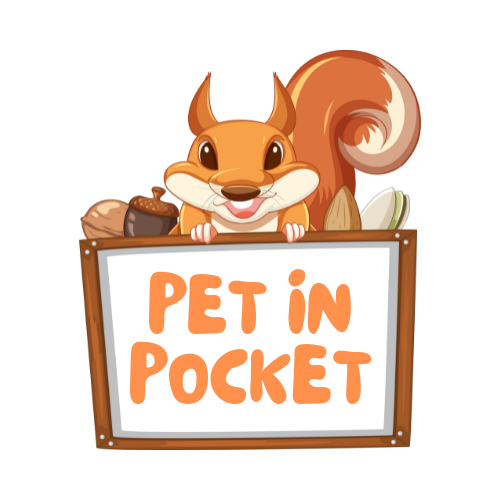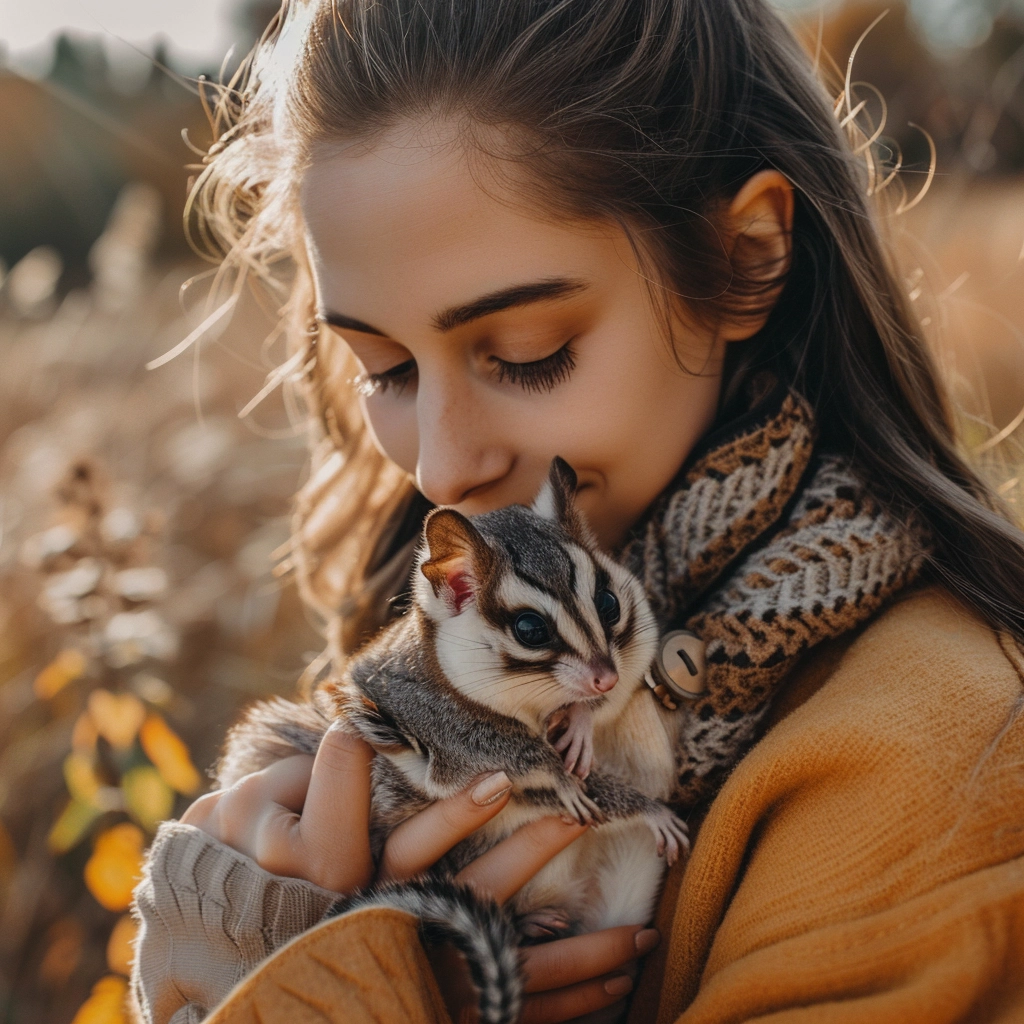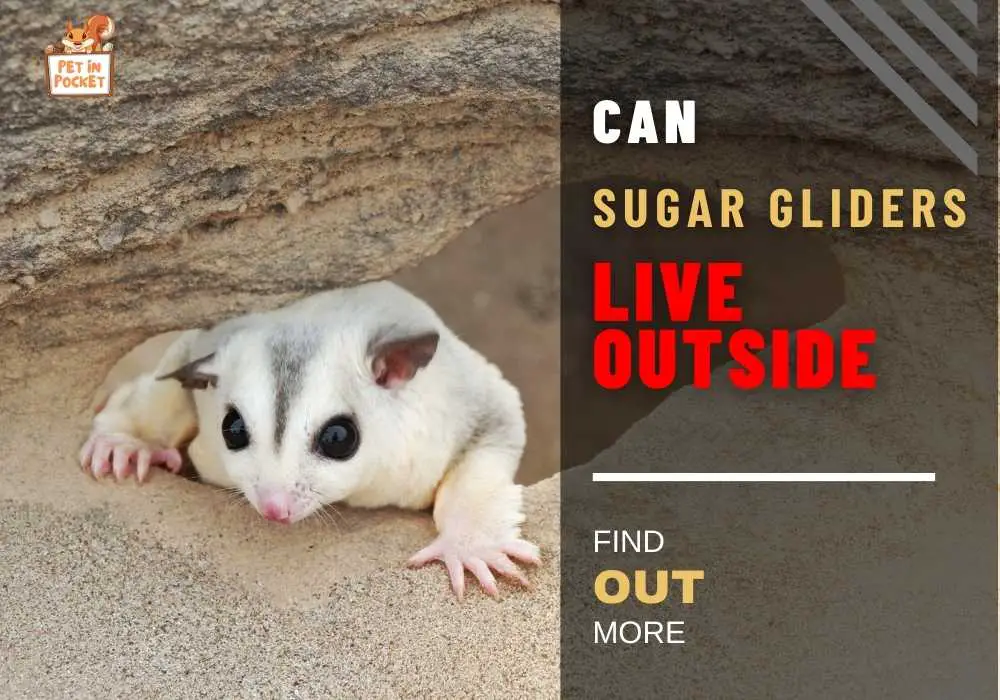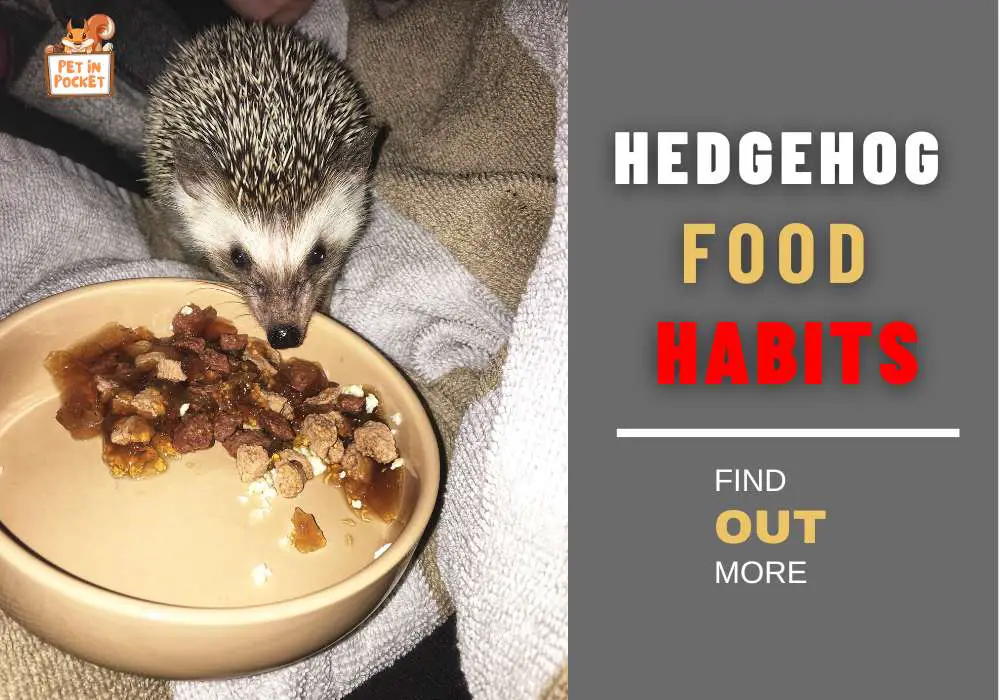If you are planning to have sugar gliders as a pet , you need to keep it in mind that sugar gliders are unique and fascinating creatures that require special care and attention. As a sugar glider owner, you may have questions about their daily habits, including where they use the bathroom. In this blog where do sugar gliders use the bathroom, we will explore the toilet habits of sugar gliders in detail. We will discuss the timing and frequency of their potty breaks, as well as their potty habit patterns. We will also look at whether it is possible to train sugar gliders and how to go about it if you choose to do so.
Additionally, we will cover some key hygiene concerns and explore how sugar gliders mark their territory. By the end of this post, you’ll have a better understanding of your furry friend’s daily habits and how to keep them healthy and happy.
Table of Contents
How to understand Sugar Gliders and their daily Habits

If you want to get clear idea about the needs and preference of a sugar glider. then you must observe the behaviors of them in different times. These marsupials, native to Australia, Indonesia, and Papua New Guinea, use urine and feces to mark their territory and communicate with other sugar gliders. While they can be litter trained, sugar gliders may still prefer certain areas of their cage as a bathroom. Regular cleaning of their cage is essential for maintaining a healthy living environment. By paying attention to their habits and behaviors, you can gain insights into their daily routines and ensure their well-being.
Key Characteristics of Sugar Gliders
As a sugar glider owner you must know that they are native to Australia and they are known for their impressive gliding ability. They are highly social animals, forming strong bonds with their owners and other sugar gliders. Similar to kangaroos, sugar gliders have a pouch where they carry and nurture their young. These fascinating creatures have a nocturnal lifestyle, being most active during the night. To ensure their well-being, sugar gliders require a balanced diet that includes fruits, vegetables, protein, and a sugar glider pellet mix. By understanding these key characteristics, you can provide the right care and environment for your pocket pets.
Some Common Behaviors and their Meanings
Sugar gliders, being pocket pets in the animal kingdom, have specific habits when it comes to using the bathroom. They tend to use designated areas such as pouches or specially allocated spaces for excrement. Owners may observe behaviors like circling or squatting when their sugar gliders need to relieve themselves. It is essential to regularly clean and monitor these areas to maintain hygiene and prevent health issues. Understanding these behaviors can help owners care for their sugar gliders better and strengthen the bond between them. Seeking guidance from experienced sugar glider owners or veterinarians can offer valuable resources and assistance.
The Toilet Habits of Sugar Gliders

Sugar gliders, as part of their natural behavior, potty train themselves. These adorable pocket pets have a specific place where they do their business, whether it’s a litter box, pouch, or even a designated area. Potty training sugar gliders is not only a necessary aspect of caring for them but also a bonding experience between the pet and the owner. By using a specific spot, sugar gliders make cleanup easier, and maintaining a clean litter box helps prevent odor and promotes good hygiene. Understanding the toilet habits of these fascinating creatures is essential for their overall well-being and the cleanliness of their living environment.
Timing and Frequency of Toilet habits
Sugar gliders have a fast digestive tract, leading to frequent pee and poop sessions throughout the day. After meals, this frequency tends to increase even more. By understanding their potty habits, you can anticipate when they need to use the restroom. To promote a regular potty routine, it’s essential to maintain consistency in playtime, bonding, and feeding schedules. Providing a clean litter box encourages sugar gliders to use it regularly. Their quick bowel movement process makes it necessary to keep their designated bathroom spaces tidy. By incorporating these practices, you can ensure that your pocket pets’ excrement is managed effectively.
Potty Habit Patterns of Sugar Gliders
Sugar gliders have their own unique potty habits that can be managed with proper training. When it comes to pee, they tend to release a small amount, making unscented baby wipes a great tool for clean-up. It’s common for sugar gliders to pee a little while they’re playing, bonding with their owners, or during a bonding session. As for their poop, it usually consists of small, firm pellets that are easy to clean. The bonding pouch can be used as a potty training tool since sugar gliders prefer not to soil their sleeping area. By implementing effective potty training techniques, sugar gliders can become cleaner animals, reducing messes and odors.
Training Sugar Gliders: Can it be done?
Yes, it is possible to potty train sugar gliders with patience, consistency, and positive reinforcement. Training sessions should be frequent and short, paying attention to their potty habits. Using a diaper or litter box pellets can help designate a spot. Bonding and affection are crucial in this process.
The Process of Potty Training for Sugar Gliders
Potty training sugar gliders is a process that requires patience and consistency. The first step is to observe their potty habits and identify a preferred spot. Introduce a litter box or a designated potty area, placing sugar glider poop in it to attract them. Positive reinforcement, like treats, can be used when they use the litter box correctly. Gradually move the litter box closer to play areas or bedding. Consistency in training and reinforcement is key to helping sugar gliders learn to use the litter box consistently. Proper potty training can make sugar gliders clean pets, reducing messes and odor.
Importance and Advantages of Potty Training
Potty training sugar gliders is crucial for maintaining a clean and hygienic living environment. It helps prevent urine and feces stains on bedding, furniture, and play areas. Additionally, potty training can discourage territorial marking behavior, especially in multi-sugar glider households. This training also promotes a positive bonding experience, as sugar gliders dislike soiling their bonding pouches or their owner’s clothing. Moreover, potty training enables sugar gliders to use a litter box, making clean-up more convenient for pet owners. By incorporating consistent training and reinforcement, owners can ensure that their pocket pets adopt good potty habits, enhancing both their well-being and the cleanliness of their surroundings.
Maintaining Hygiene and Cleanliness

Maintaining hygiene and cleanliness is essential for the well-being and health of your sugar gliders. Here are some dos and don’ts to keep in mind while maintaining their restroom area:
Dos:
Don’ts:
How do Sugar Gliders mark their territory?
Sugar gliders mark their territory by using the scent produced by glands located on their rear end. They spread this scent onto surfaces like bedding, pouches, or play areas using membranes. This behavior is natural and helps them establish ownership and boundaries. Bonding pouches retain their scent, creating a sense of security. Regular litter box clean-up can reduce territorial marking.
Frequently Asked Questions
Here are some frequently asked questions about sugar gliders’ bathroom habits along with their answers:
Where do sugar gliders usually go to the bathroom?
Sugar gliders usually go to the bathroom in specific areas that they have designated for that purpose.
How often do sugar gliders need to use the bathroom?
Sugar gliders need to use the bathroom every few hours, depending on their age, diet, and activity level.
Can sugar gliders be potty trained like cats or dogs?
Yes, sugar gliders can be potty trained with patience and consistency.
How can I prevent my sugar glider from marking its territory?
You can prevent your sugar glider from marking its territory by providing appropriate areas for it to use the bathroom and regularly cleaning its living environment.
What should I do if my sugar glider is not using its designated potty area?
If your sugar glider is not using its designated potty area, you may need to adjust the location or size of the area. You can also try using positive reinforcement to encourage its use of the designated area.
Conclusion
In a nutshell, understanding the toilet habits of sugar gliders is essential for their overall health and hygiene. Sugar gliders have specific timing and frequency when it comes to using the bathroom, and they also have patterns in their potty habits. While potty training sugar gliders is possible, it requires patience and consistency. Training them not only helps in maintaining cleanliness but also prevents territorial marking. It is important to keep their living environment clean and provide appropriate areas for them to use the bathroom.
By understanding and addressing their toilet habits, you can ensure the well-being and hygiene of your sugar gliders.






Leave a Reply